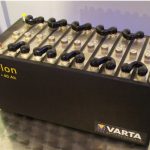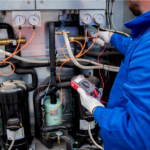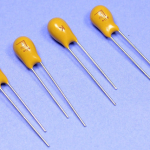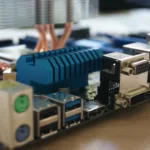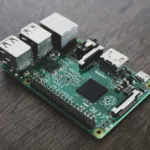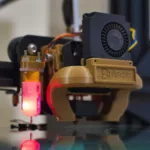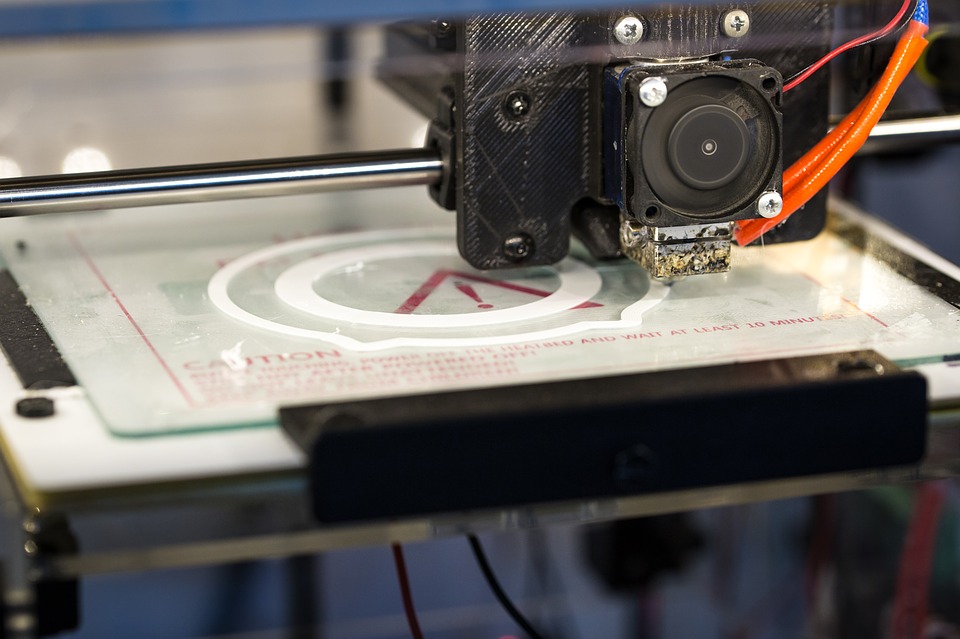
Additive manufacturing of electronics
Additive manufacturing has been around for three decades and has since come a long way. The revenue for additive manufacturing had reached $5.2 billion by the end of 2015. It has exhibited an impressive compounded growth of over 25% for the last decade. This rapid growth can be attributed to the huge improvements in AM and a wide choice of materials. Additive manufacturing is still a novel idea in electronics but is rapidly gaining traction.
3D Printed circuits
3D printing of circuits is achieved through additive manufacturing which has for a long focused on standard materials like thermoplastics, ceramics, and metals. However, this focus has now shifted to internal circuitry and as a result, we now have materials that can build a functional circuit. They include conductive inks and a variety of base materials. Using a base material and conductive material, 3D printers can produce electronic devices as a single compact part. This results in fully functional and compact electronics that do not require assembly.
3D printing of circuits involves the use of an extruder head that can lay beads of conductive material on a surface in layers. This is coupled with secondary material to come up with a circuit board with intricate internal wiring.
Advantages of 3D printing circuits
-
Flexibility in shape
With 3D printing comes a lot of flexibility. A designer is not constrained to the traditional flat PCB board but can be made to fit the shape of the given product even if it’s curvilinear. This means that we are now able to manufacture what we have not been able to manufacture using conventional means.
-
Versatility in design
3D printing offers designers the ability to make 3D connections in otherwise impossible using the conventional methods of production. As such 3D reduces manufacturing restraints related to circuits.
-
Reduced material wastage
3D printing reduces material wastage since the material is only laid where it’s required. This reduces the net cost of manufacturing circuits.
-
Safer
Traditional manufacture of circuits has for long involved the use of chemicals that remove excess material through etching. 3D printing eliminates the need for such chemicals hence is safer.
Improved circuit safety
Instead of adding the circuit after the circuit after production, the circuit is encapsulated within the part. This cushion and protects it from damage.
You May Also Like This :”Formlabs To Shift To 3d Printing For Manufacturing”
Additive manufacturing of electronics
Additive manufacturing has now enabled companies to manufacture nonstandard electronics, curvilinear shapes, or complex assemblies. That way, designers are now able to come up with very innovative electronics objects which would have otherwise been impossible using traditional means.
Advantages of additive manufacturing
-
Simplified assembly
Additive manufacturing incorporates film deposition, etching, lithography, and packaging all in one. All these are compressed into a single manufacturing process. The exterior and the interior body are built all at a go simplifying the circuit assembly.
-
Reduced product size
All the unnecessary protruding parts are eliminated in the manufacturing process thus reducing the sizeof the device. This reduces both the size of the product and the waste of the material that would have used on the protruding parts.






